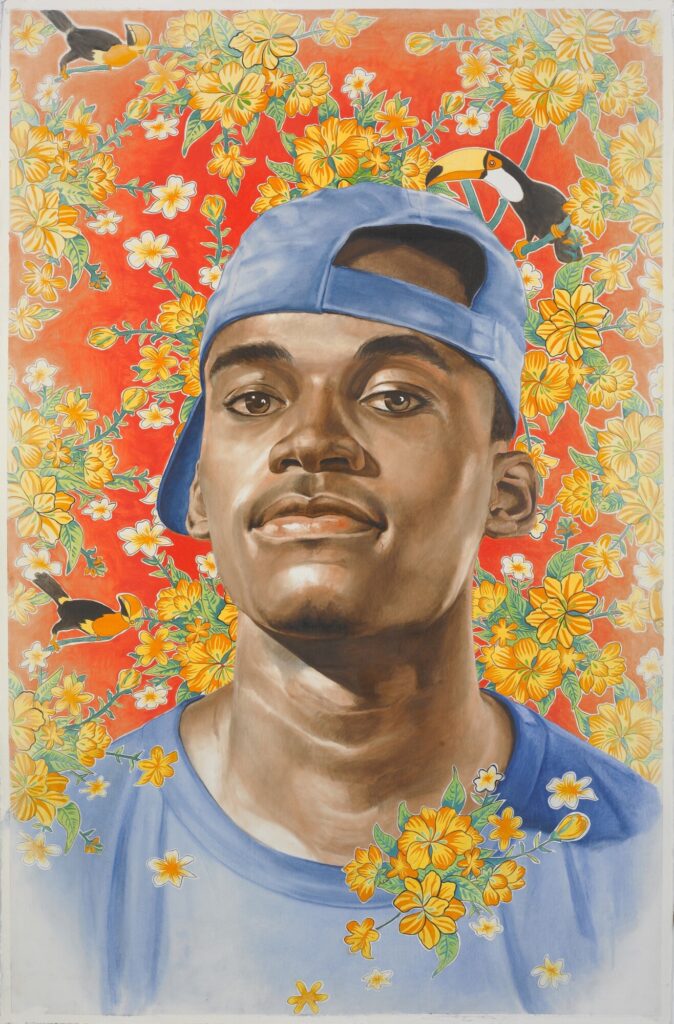
Introduction
In 2025, the art world is undergoing a seismic shift as collectors and designers alike turn their focus toward art that tells a story. Personalized art has emerged as a dominant force, merging emotional resonance with aesthetic value. From bespoke portraiture to narrative-based mixed-media pieces, this trend represents a deeper human connection with art. No longer is it enough for a piece to be beautiful; it must be meaningful. As this demand grows, artists, gallerists, and collectors are rethinking the role of art in both personal spaces and public collections.
The Importance of Personalized Art in Today’s Culture
Personalized art is more than a passing fad—it’s a cultural response to a world that increasingly values identity, heritage, and personal storytelling. The following elements highlight its growing significance:
Emotional Connection: Personalized artworks often capture memories, milestones, or family histories, creating a deep emotional bond between viewer and piece.
Customization as Luxury: In an era where custom-made items signify exclusivity, bespoke art has become a status symbol.
Cultural Representation: Personalized art frequently honors cultural traditions, allowing people to preserve and display their heritage.
Therapeutic Value: For many, commissioning or creating personalized art serves as a form of healing or self-expression.
Notable Personalized Works and Their Market Value
While personalized art is often kept in private collections, some works have made headlines for their innovation and emotional depth:
JR’s Inside Out Project Portraits: These community-based photographic portraits have been sold as limited-edition prints, some reaching over $50,000.
The Obamas’ Official Portraits by Kehinde Wiley and Amy Sherald: Though technically public commissions, their personalized symbolism sparked massive interest in narrative portraiture and similar pieces now sell for over $100,000.
Yayoi Kusama’s Commissioned Rooms: Some collectors have paid upwards of $1 million for personalized, immersive experiences featuring narrative components.
Leading Artists in the Personalized Art Movement
Several artists have become synonymous with this trend, blending technical mastery with intimate storytelling:
Amy Sherald: Known for her dignified portrayals of Black Americans, her style merges personalization with broader social commentary.
Kehinde Wiley: Fuses classical European portraiture with modern African American subjects, emphasizing personal and cultural narratives.
Toyin Ojih Odutola: Her illustrative portraits feel like pages from a personal journal, exploring themes of identity, gender, and heritage.
Nina Chanel Abney: Uses bold color and symbolism to tell modern stories, often tailored to her subjects.
Bisa Butler: Her quilted portraits honor African American stories with a deeply personalized touch.
Comparisons with Other Art Trends
To better understand the rise of personalized art, it helps to compare it with other prevailing movements:
Versus Minimalism: Where minimalist works emphasize form and neutrality, personalized pieces are expressive and story-driven.
Versus Conceptual Art: Conceptual art prioritizes ideas, often at the expense of personal identity. Personalized art seeks to balance concept with human narrative.
Versus Digital Art/NFTs: While NFTs can be personalized, they often prioritize novelty and ownership. Personalized art puts the story first.
Why Collectors and Designers Are Embracing This Trend
The movement toward personalization is thriving for both emotional and market-based reasons:
Increased Emotional ROI: Art that reflects personal history provides lifelong value beyond investment.
Interior Design Synergy: Personalized art adds uniqueness and authenticity to residential and commercial interiors.
Cultural Trends: Society’s growing focus on identity and heritage fuels demand for art that speaks to personal narratives.
Shift from Mass Production: There is growing fatigue with generic decor. Personalized art offers uniqueness and meaning.
Market Outlook and Investment Potential
The future of personalized art is bright, both culturally and financially. Key trends include:
Increased Commissions: More collectors are seeking custom pieces, often paying premiums of 30-50% over standard works.
Luxury Branding: Major luxury brands are collaborating with artists to create bespoke visual experiences for elite clientele.
Digital Integration: New platforms are enabling digital personalization, expanding accessibility while retaining uniqueness.
Future Valuation: Personalized art with cultural or historical significance could see significant price appreciation over time.
Conclusion
Personalized art is not only redefining aesthetics but also deepening our connection to the pieces we choose to surround ourselves with. As the line between fine art and interior design continues to blur, narrative-rich, customized artwork is emerging as the new standard of luxury and cultural sophistication. Whether you’re an interior designer, collector, or art enthusiast, the time to invest in personalized art is now.
The art piece used in this post is called “Luis Otavio Fernandes Study” by Kehinde Wiley
For Inquiries and Exclusive Promotions:
Explore our curated offerings at Artists Breath.
Discover Our Exquisite Collection:
Immerse yourself in our distinguished selection of fine art at Artists Breath Collection.
Connect with Our Artists and Gallery:
For personalized assistance or to engage with our talented artists, please reach out at info@artistsbreath.com.
Stay Informed with Our Insights:
Subscribe to our Substack for the latest in art and culture at Artists Breath Substack.